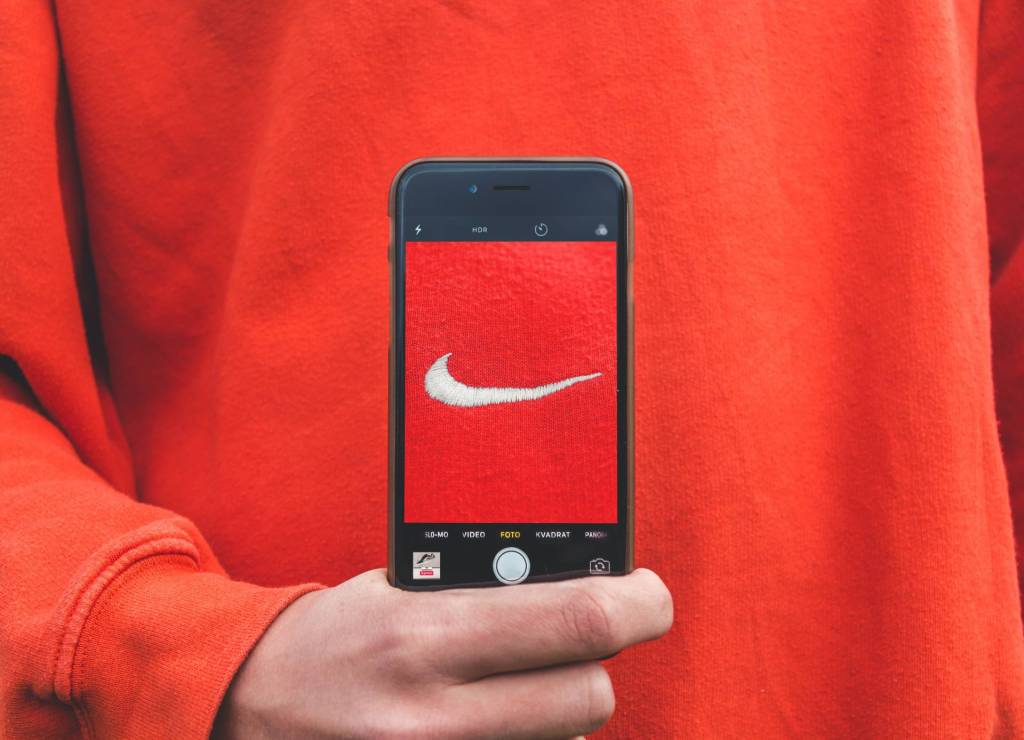Plato is right once more. And so is Alfred North Whitehead when he claimed that all Western philosophy was nothing but footnotes to the towering figure of ancient Greek thought. If in Plato’s Academy (the original academy that gave its name to all the ‘academies’ that followed) a message written in giant letters at the gate warned ‘do not cross this door if you are not proficient in mathematics’, the new Brand Mathematics concept – a promising hybrid that is already being used in multifarious projects following a scientific methodology – is going to make sure that the platonic admonition is once more valid even in the hitherto intangible and ethereal world of branding.
The Brand Mathematics formula
The Brand Mathematics proposal consists of the application of mathematical principles in the study of a company’s or an organization´s branding that is already being used in areas as diverse as tourism, politics, education, the arts and of course commercial companies. Since we know in our digital world, a person has brand-like attributes that can be analyzed and evolve in real time, personal branding will soon follow without a doubt. The geniuses behind this initiative are a young team of engineers and PhD students from the Basque Country in northern Spain captained by applied economics specialist Alvaro Fierro.
Specifically brand mathematics posits – always with a backbone of mathematics and statistics that translates into vectors, graphs, tables, formulas, and ad hoc software programs and mobile apps – is a thorough analysis of all brand variables focused around key elements. These key elements include positioning, keywords, mapping for better visibility of hard-to-grasp aspects, such as reputation or the always difficult estimation of brand value using columnar variables, and ordering them by order of impact and importance.
The best features
Perhaps the greatest value-adding features offered by this novel ‘quantitative branding’ concept are its twin diagnostics and predictive capabilities. Both represent the Holy Grail of everything marketing folks have always wanted to know about their brands with answers to three key answers few if any have been brave enough to tackle so far:
1. How long will it take for consumers to change their perception about my brand?
2. What is the colateral impact that other brands can have on my brand?
3. How can I monitor effectively everything related to my brand getting rid of spurious data and concentrating on the ones that matter?
The future of brand mathematics
Thus far, brand mathematics has been successfully applied around the geographical area where its creators operate in the region of Biscay and around the major city of Bilbao. It has proven its value in the improvement of branding for the tourist industry. Just like people, cities and regions are of course brands as well: when the Guggenheim museum was inaugurated in 1997 and brought forth the so-called ‘Guggenheim effect’ and the re-generation of bleak and industrial Bilbao into a thriving modern and cultural enclave, Fierro was able to determine that news about the museum had a direct impact on tourism or that BBVA bank (which has ‘Bilbao’ in its acronym) had a pulling effect in brand terms that translated into more tourists.
It is hard to underestimate the potential impact that brand mathematics and the idea of quantifying something as inherently qualitative as branding can have on offline and online marketing. A more or less accurate estimation of branding and its variables would allow marketers to channel their investment as a silver bullet towards the more money-making areas, minimizing expenses and maximizing profitability within the framework of a synergy between the tangible and the intangible that looks poised to conquer the future. That would bring an end to a speculative and wasteful era in marketing, advertising and branding and, who knows, perhaps the final vindication for the most idealist (and at the same time mathematic) of our philosophers. We eagerly await its forthcoming application to personal branding.












